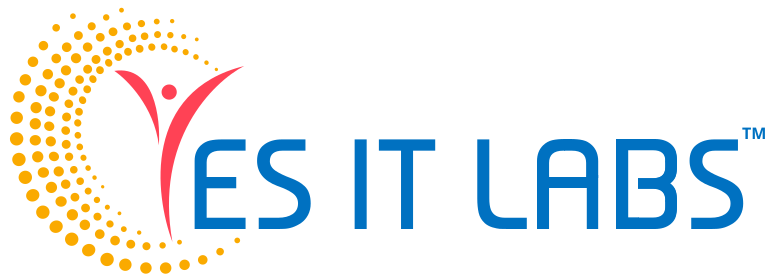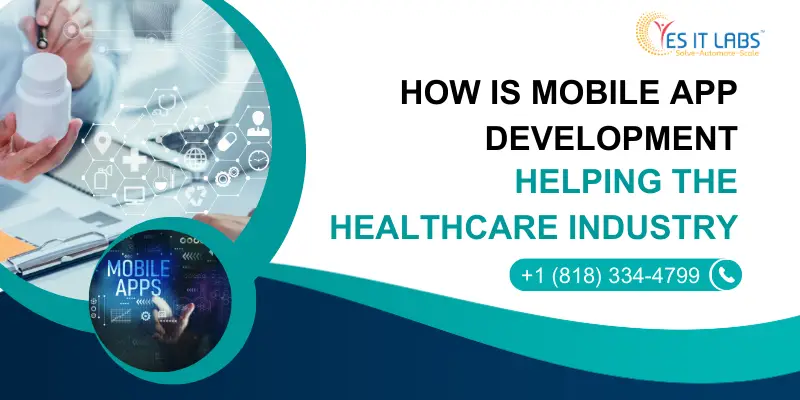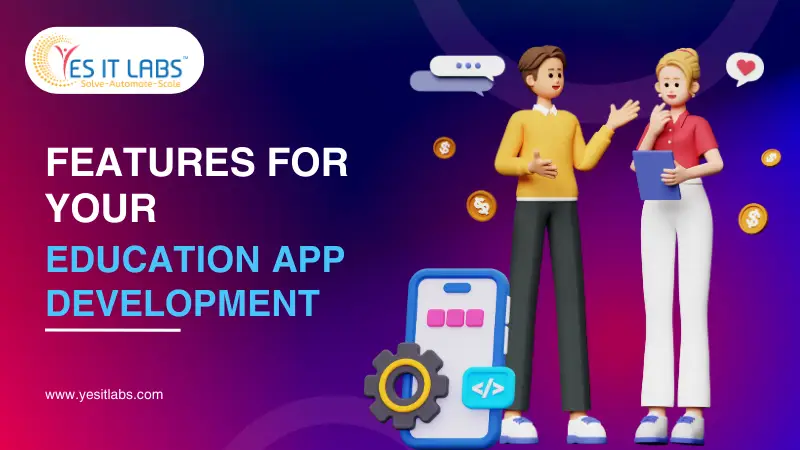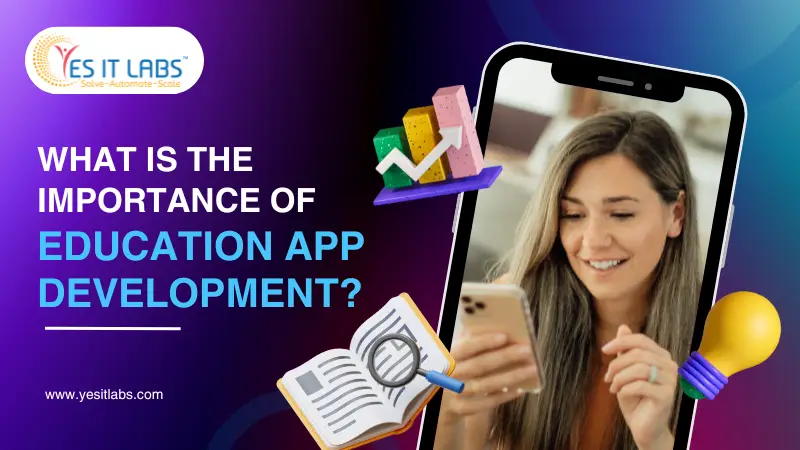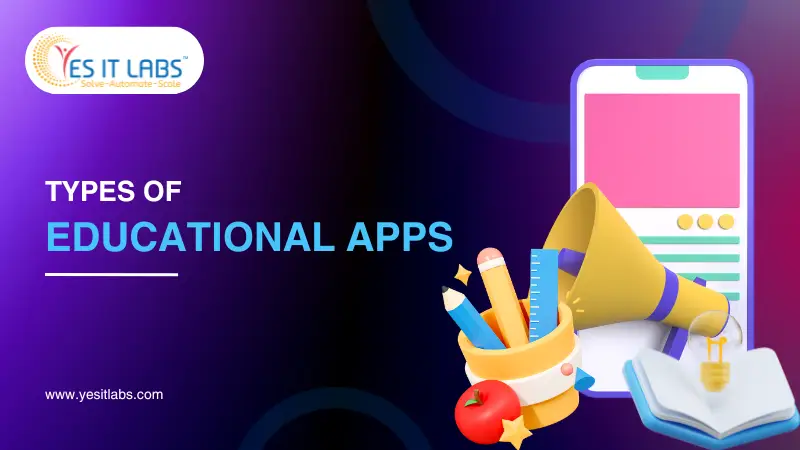Are you constantly on the lookout for ways to supercharge your productivity? Whether you’re a business owner, a project manager, or a team member striving to stay on top of your tasks, finding tools that can help you maximize efficiency is always a priority. In today’s fast-paced world, where time is of the essence, having access to productivity-boosting tools anytime, anywhere is invaluable. And that’s where the Odoo Watch App steps in to revolutionize how you manage your tasks and projects.
Picture this: You’re out for a morning run, and suddenly, an idea strikes you for a crucial project you’re working on. In the past, you might have had to wait until you were back at your desk to jot down your thoughts or update your project status. But not anymore. With the Odoo Watch App, you can simply glance at your wrist, tap a few buttons, and voila! Your tasks are updated, and your team members are notified – all without breaking your stride.
What is the Odoo Watch App?
The Odoo Watch App is a powerful extension of the popular Odoo platform, designed to provide users with seamless access to their Odoo accounts directly from their smartwatches. Developed by leading Odoo development companies, this innovative app brings the full range of Odoo’s features and functionalities to your wrist, allowing you to manage tasks, track projects, and collaborate with team members – all from the convenience of your wearable device.
How Does it Work?
The Odoo Watch App syncs with your existing Odoo account, giving you instant access to your personalized dashboard and project management tools. Whether you’re using Odoo for CRM, project management, or any other business process, the Watch App ensures that you’re always connected and in control. Here’s how it works:
- Real-Time Notifications: Receive instant notifications for new tasks, project updates, and team messages, keeping you informed and up-to-date wherever you are.
- Task Management: View and manage your tasks directly from your smartwatch, allowing you to stay organized and prioritize your workload on the go.
- Time Tracking: Track the time spent on various tasks and projects with a simple tap, ensuring accurate time management and billing.
- Team Collaboration: Communicate with your team members, assign tasks, and provide feedback – all from your wrist, fostering collaboration and teamwork.
- Voice Commands: Use voice commands to dictate notes, update tasks, or send messages, saving you time and effort while on the move.
The Benefits of the Odoo Watch App.
So, why should you consider integrating the Odoo Watch App into your workflow? Here are just a few of the benefits:
- Enhanced Mobility: With the Odoo Watch App, your productivity is no longer tied to your desk. Whether you’re in a meeting, commuting, or exercising, you can stay productive and engaged wherever you are.
- Instant Access: Say goodbye to constantly checking your phone or logging into your computer. With the Odoo Watch App, important updates and notifications are delivered straight to your wrist, ensuring that nothing falls through the cracks.
- Streamlined Workflow: By centralizing your task management and communication tools on your smartwatch, the Odoo Watch App streamlines your workflow and reduces the need for switching between multiple devices and applications.
- Improved Efficiency: With features like voice commands and real-time notifications, the Odoo Watch App enables you to complete tasks more quickly and efficiently, allowing you to focus on what matters most.
How to Get Started.
Ready to experience the productivity-boosting benefits of the Odoo Watch App for yourself? Here’s how to get started:
- Download the App: Head to the App Store or Google Play Store on your smartphone and search for “Odoo Watch App.” Download and install the app on your compatible smartwatch.
- Connect Your Account: Once the app is installed, follow the on-screen instructions to connect it to your existing Odoo account. Don’t have an Odoo account yet? No problem – you can sign up for one directly from the app.
- Customize Your Settings: Once connected, take some time to customize your settings and preferences to suit your workflow and preferences. You can choose which notifications to receive, adjust display settings, and more.
- Start Using the App: With everything set up, you’re ready to start using the Odoo Watch App to manage your tasks, track your projects, and collaborate with your team. Experiment with different features and functionalities to discover how the app can best support your productivity goals.
Conclusion
In today’s hyper-connected world, being able to access your tools and resources anytime, anywhere is essential for staying productive and competitive. With the Odoo Watch App, you can take your productivity to the next level by harnessing the power of Odoo’s robust project management and collaboration tools – all from the convenience of your smartwatch. Whether you’re a busy entrepreneur, a project manager on the go, or a team member looking to stay organized, the Odoo Watch App is your ultimate productivity companion.
So why wait? Download the Odoo Watch App today and unlock a world of productivity possibilities right from your wrist!
By integrating the Odoo Watch App into your workflow, you’ll be well on your way to maximizing your efficiency, streamlining your tasks, and achieving your goals – anytime, anywhere. If you need expert assistance in customizing or optimizing Odoo for your specific needs, consider hiring an experienced Odoo developer to ensure seamless integration and tailored solutions.
Remember, when it comes to boosting productivity, every second counts – and with the Odoo Watch App, you’ll never miss a beat.
